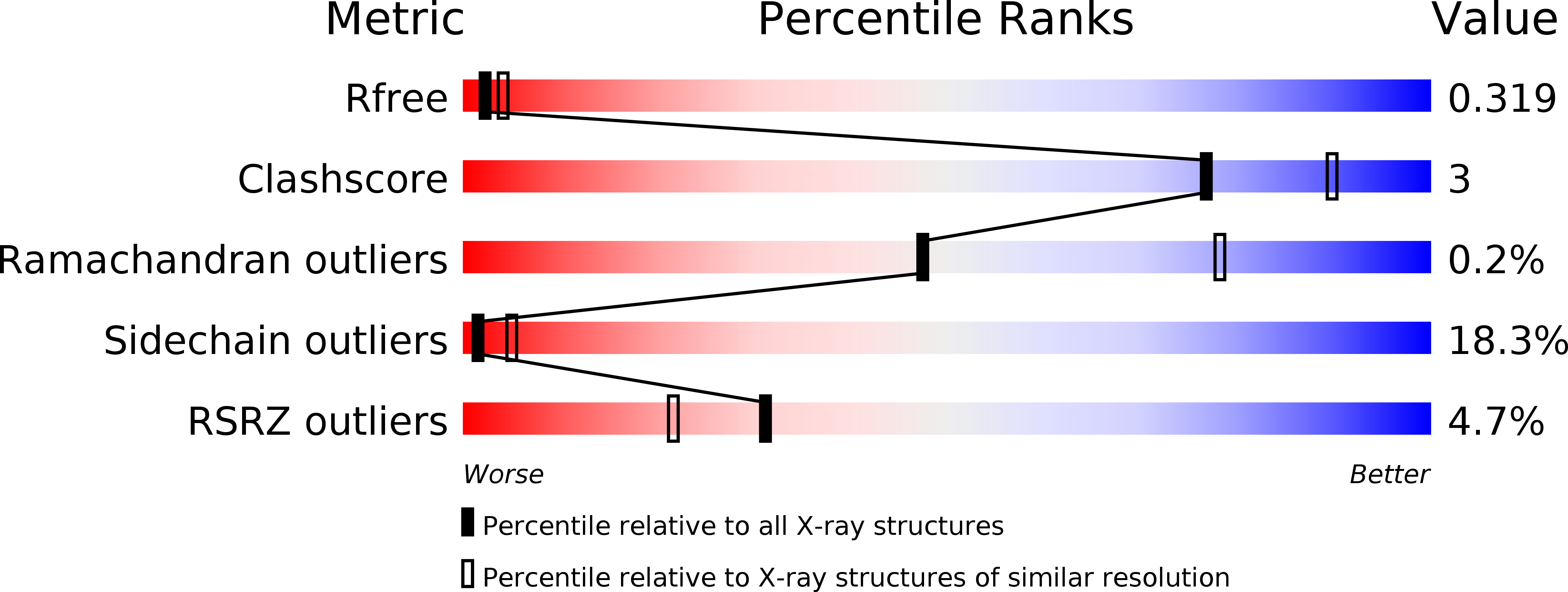
Deposition Date
2003-07-07
Release Date
2004-01-13
Last Version Date
2024-10-30
Entry Detail
PDB ID:
1PY2
Keywords:
Title:
Structure of a 60 nM Small Molecule Bound to a Hot Spot on IL-2
Biological Source:
Source Organism:
Homo sapiens (Taxon ID: 9606)
Host Organism:
Method Details:
Experimental Method:
Resolution:
2.80 Å
R-Value Free:
0.31
R-Value Work:
0.27
R-Value Observed:
0.27
Space Group:
P 1 21 1


